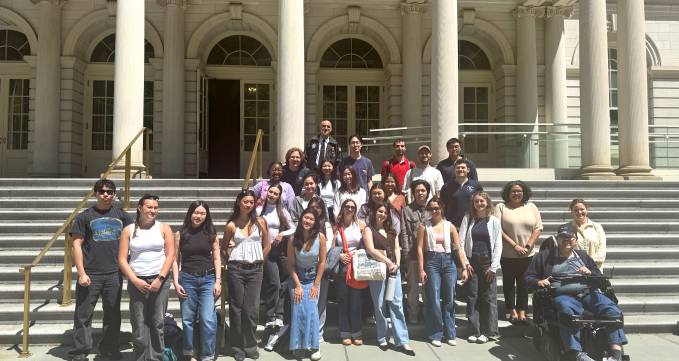Henry Hart Rice Urban Policy Forum 2025
On October 16, 2025, NYU Wagner hosted its annual Henry Hart Rice Urban Policy Forum featuring guest speaker Alec Schierenbeck, executive director of the Charter Revision Commission and general counsel for the Department of City Planning.
©NYU Photo Bureau: Olivo
Civic Infrastructure in NYC: A Conversation with Distinguished Visiting Urbanist Iris Weinshall and Guests
On Thursday, April 3, 2025, NYU Wagner hosted, in its Main Event Space, A Conversation with Distinguished Visiting Urbanist Iris Weinshall and an expert panel discussing civic infrastructure in New York City.
Weinshall, the chief operating officer of the New York Public Library teaching a course at Wagner this spring, moderated the panel, which included:








